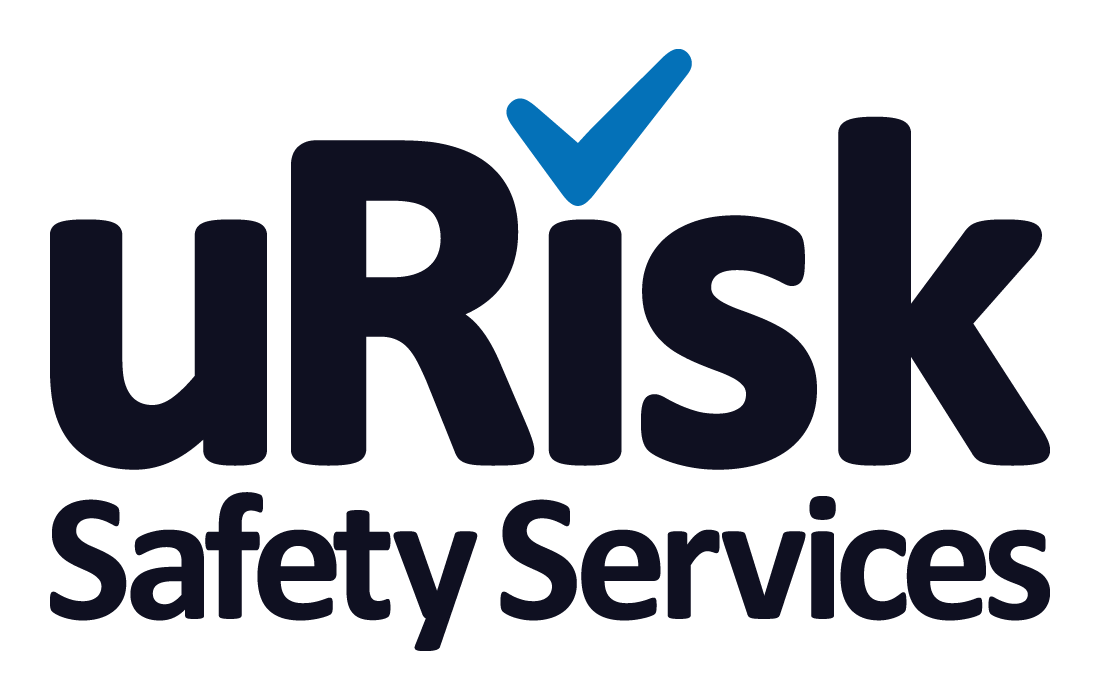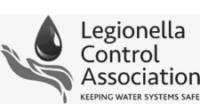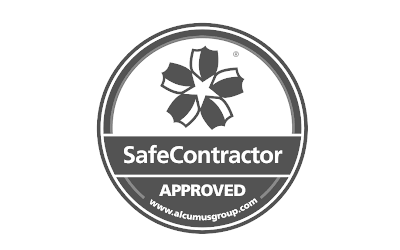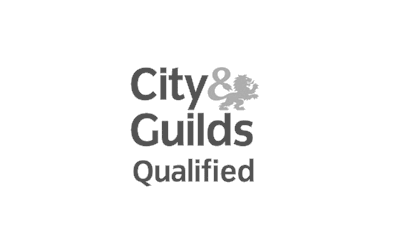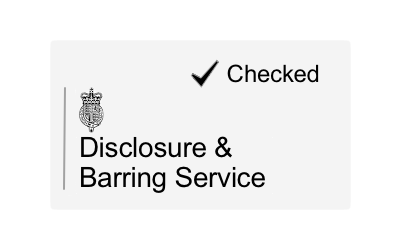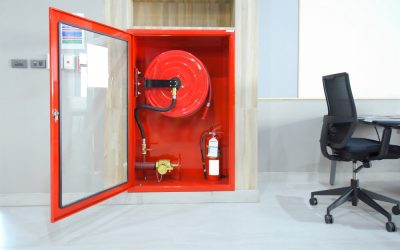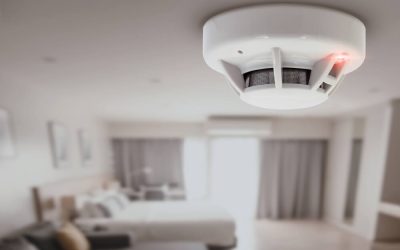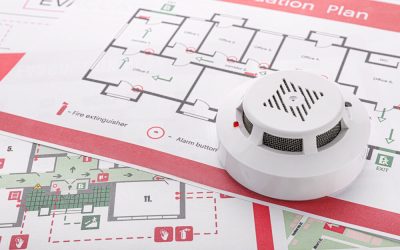What happens if I get a positive reading for legionella?
Legionella bacteria in your company’s water systems is a concern for businesses because, if they are inhaled, they could go on to develop the potentially fatal Legionnaires’ disease. Organisations can be fined thousands of pounds if the cause of a Legionnaires’ outbreak is from their building, with consequent reputational damage and loss of business.
As part of the Health and Safety at Work etc Act 1974 (HSWA), it is the duty of the responsible person in every business to understand the health and safety risks associated with the legionella bacteria and manage those risks. This includes identifying, assessing and controlling any risks in order to prevent an outbreak of Legionnaires’ disease – such as undertaking regular legionella risk assessments and water testing and analysis in order to mitigate the likelihood of a positive test.
What to do if legionella is detected
Occasionally, as a result of water sampling, you may get a positive result for legionella bacteria in your water system. Positive findings are a safety concern so there are a number of actions you will need to take in order to control the outbreak and protect the people using your premises.
The HSE’s Legionnaires’ disease Technical guidance Part 2 recommends that if the minority of results are returned with between 100 and 1000 colony-forming units per litre (CFU/l), your water system should initially be resampled. If it is still positive for legionella, then an assessment needs to be carried out to identify remedial actions and a review of your control measures must be undertaken.
If the majority of the first sample results are between 100 and 1000 CFU/l, you will immediately need to review control measures and undertake a risk assessment to identify remedial action, including disinfecting the system.
If your sample has more than 1000 CFU/l, then you must resample the system and undertake an immediate review of control measures, as well as do a risk assessment to identify remedial action, including disinfection. Retesting needs to take place a few days after disinfection and at frequent intervals subsequently until control is achieved.
If you are in charge of a healthcare facility with vulnerable patients, you will need to investigate and resample water showing detection of any legionella (even if under 100 CFU/l), with all the subsequent measures detailed above.
Remedial works
After a positive test, it is likely that you will need to undertake corrective measures such as cleaning your water tank or chlorination. You will also need to do an assessment of your water systems to determine any remedial works necessary, including looking at ways of improving the design of your water system in order to remove any areas that the bacteria will be able to grow in. For example, if there are redundant pipes, they can be removed completely. Alternatively, your water system may have to be redesigned in order to discourage stagnation and control the risks, and other preventative measures carried out such as limescale removal, servicing mixing valves or insulating pipework. Alternatively, remedial works could be something as simple as installing a new lid on your water tank.
The cost of the works will of course be dependent on what necessary actions have been identified in your legionella risk assessment. This also applies to how long the work will take, but rest assured that our engineers will make sure that any disruption while the work takes place will be kept to a minimum.
Once the work has been completed, we will send you a detailed report of the works undertaken, along with photos which can be used as proof of work.
Organise a risk assessment
The best safety measure you can take is prevention. By taking steps now to minimise the risk of legionella bacteria growth, you will minimise the risk of exposure to it. Restricting conditions that are advantageous to growth by regularly flushing your water system and ensuring temperature control is basic good practice, but there is a lot more that can be done.
Contact us if you would like to arrange a legionella risk assessment, water testing, audit or any aspect of managing legionella in your water systems.
Legionella and Water Hygiene Blog Posts
Office Fire Risk Assessment
As you would expect, keeping your office safe from the risk of fire is a legal requirement under the Regulatory Reform (Fire Safety) Order 2005. If you are the owner or manager of a business, or landlord of an office building, it is your responsibility to ensure your...
Fire Risk Assessment For Flats
Your legal requirements as a landlord include taking precautions to keep your tenants safe, including when it comes to the risk of fire in flats. As part of the fire safety regulations, fire risk assessments for flats is therefore part of your legal obligation to...
Getting A Risk Assessment For Fire in the UK
As an employer, landlord or facilities manager, it is your legal responsibility to keep everyone who uses your premises safe. A fire risk assessment is an important part of this because it identifies what might cause a fire so you can take steps to prevent one, as...
